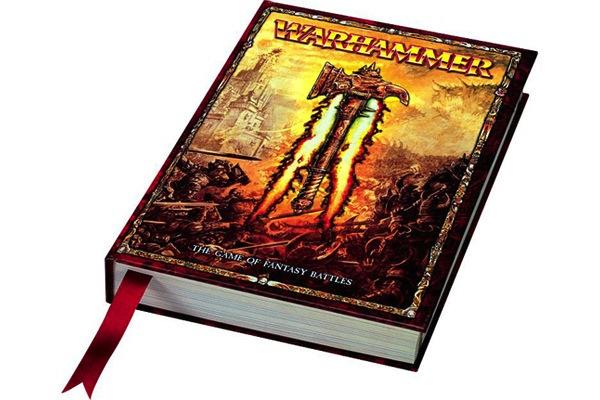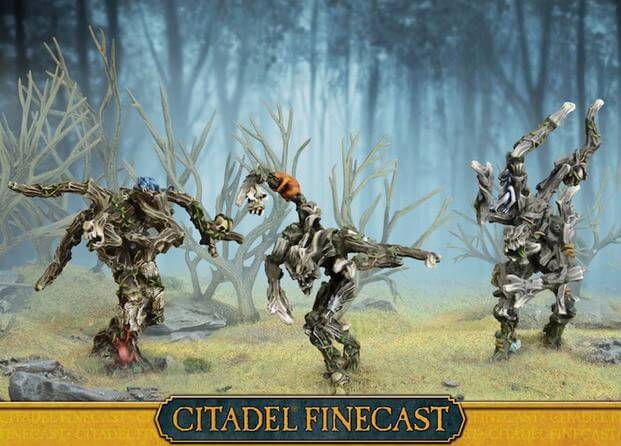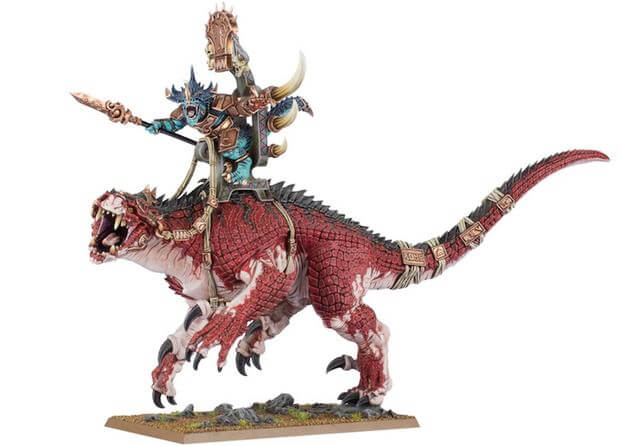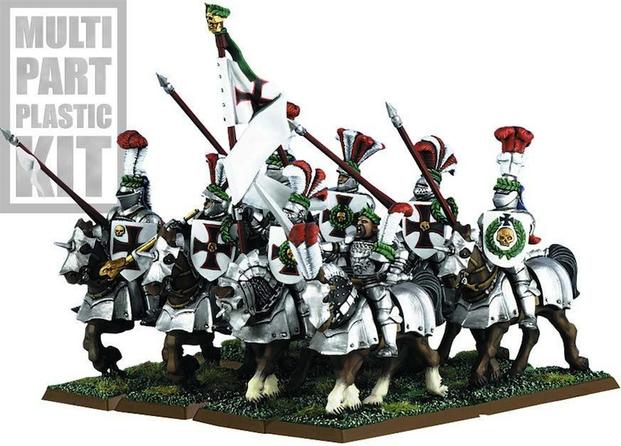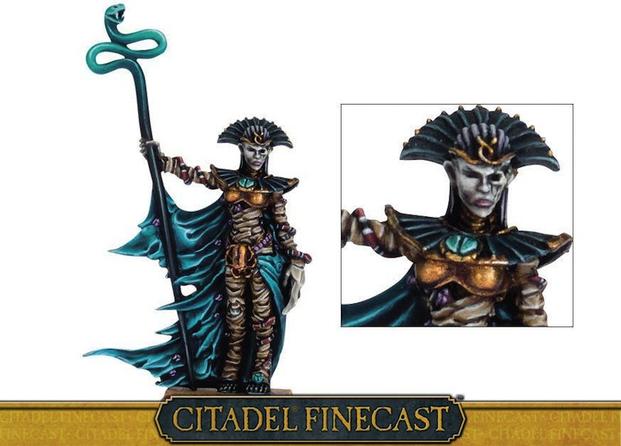"Warhammer: The Game of Fantasy Battles"
There are plenty of fun and engaging tabletop games around, but it's not always easy to find people to play the one's you want. If you'd rather pick up a game with a thriving and active community, or you're just looking for a great fantasy tabletop game, look no further than "Warhammer: The Game of Fantasy Battles." "Warhammer" offers one of the most complete tabletop gaming experiences you'll encounter within the industry: 15 armies to choose from, exceptionally modeled miniatures, and a large array of lore and gaming materials to inform your experience.
The game:
"Warhammer: The Game of Fantasy Battles" was first launched in 1983 and, after over thirty years of existence, is currently on its eighth version. Instead of strictly refining the rules for "Warhammer," its developer, Games Workshop, has tweaked them incrementally in response to the changing market. Regardless of how the game evolves, there are a few basic principles that govern how "Warhammer" is played.
The first major concept newcomers should familiarize themselves with is that units move in formation, not individually. Whether they're wheeling around, running, or attacking, a unit moves as a block and the facing of the formation is important. There are a few types of units that move individually, but these are relatively rare.
The basic phases are as follows: movement, shooting, and assault. Each player uses their entire turn to move every unit in their force, choose targets to shoot if able, and then proceed to either enter close combat or resolve an ongoing bout. While this structure is simple, it does entail some potentially hefty in-game wait times while your opponent goes through all of their options.
All dice rolls are made with six-sided dice and follow specific charts or special rules depending on the circumstances. For example, players consult the ballistic skills chart to determine whether or not a unit hits an enemy with a ranged weapon. It's important to note that each unit can experience a plethora of psychological states, such as rage and panic, that may impact how they play on the field.
The story:
If your love for fantasy extends no further than "The Lord of the Rings," you'll have a basic grasp of how the world of "Warhammer" works. "Warhammer" uses many concepts found in "The Lord of the Rings" and "Dungeons and Dragons." You'll find Orks, Elves, dragons, and a whole lot more like Vampire Counts and Lizardmen. There isn't an underpinning main story through "Warhammer," so players can pick and choose their favorite pieces of lore to inform their games.
Ages before "Warhammer" takes place, a race of aliens known as the Old Ones land on the planet and foster numerous species in an attempt to uplift them. The Old Ones used gates at the north and south ends of the planet to come and go as they please; these gates linked to protected passages within the realm of Chaos, a nebulous realm of emotional energy made manifest. Somehow, the gates collapsed which cut the fledgling races off from their mentors and unleashed the powers of Chaos upon the world.
The world of "Warhammer" is gritty, brutish, and desperate. Mankind is surrounded by hostile races, and often its own worst enemy. War is rampant, and strife is ubiquitous. With 15 races to choose from, and sub-factions within each, there's a great deal of lore surrounding "Warhammer." If you're entirely new to the story, your best bet is to pick whatever army looks or sounds cool, and start reading about it.
Where to find it:
Unlike many tabletop games, "Warhammer" is very widespread. If there aren't any official Games Workshop stores in your area, your local tabletop store will most likely carry it. If all else fails, Games Workshop sells its entire "Warhammer" range online. Do note that due to Games Workshop policy, online retailers rarely carry Games Workshop products.
